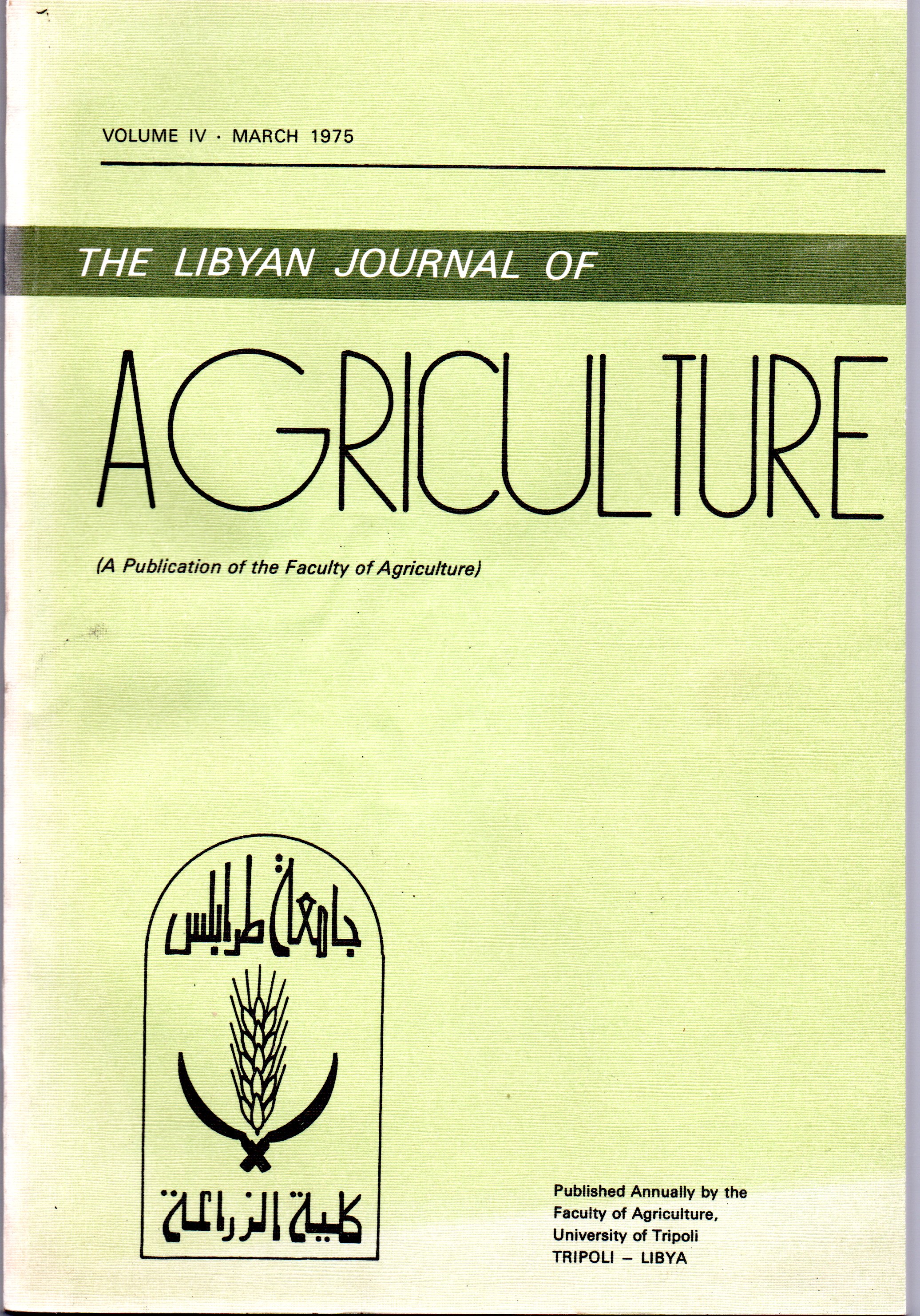Water Infiltration into Uniform and Stratified Soils II. Experimental Evaluation of an Approximate Theory 1
Main Article Content
Abstract
Downward infiltration of water into laboratory flow columns was studied experimentally for two different sand-silt mixtures designated as ‘coarse* and ‘fine*. Packing of the columns within a given stratum was held reasonably uniform. A special device was used to apply a 1-cm depth (head) of water instantaneously to the inlet end of a porous column without turbulent disturbance of the porous surface. Data were taken to assess the validity of infiltration equations derived by the Green and Ampt approach for both uniform and stratified columns.
For uniform columns, the equation for cumulative water infiltrated versus time accommodated the experimental data very well, and was fitted by least squares. Two characterizing constants are C. which is akin to a hydraulic conductivity, and P. which arises from the capillarity of the porous material. Although both C and P exhibited as much as a 2-fold variation for a given material, their respective mean values distinguished very well between the coarse and fine mixtures, and also provided the correct sense of C being markedly smaller for the fine material than for coarse, and of P being larger for fine material than for coarse.
For stratified columns, the corresponding equations were tested by predicting cumulative water infiltration versus time, based upon such parameters as C and P determined from uniform columns. These predictions agreed reasonably well with the direct measurements on the stratified columns, with one exception for a fine-over-coarse stratification after the wet front had penetrated into the coarse substratum relatively deeply in comparison with the thickness of the fine upper stratum. Also, the mean water content behind the wet front when in the substratum was distinctly less for fine over coarse than for a uniform coarse column.

